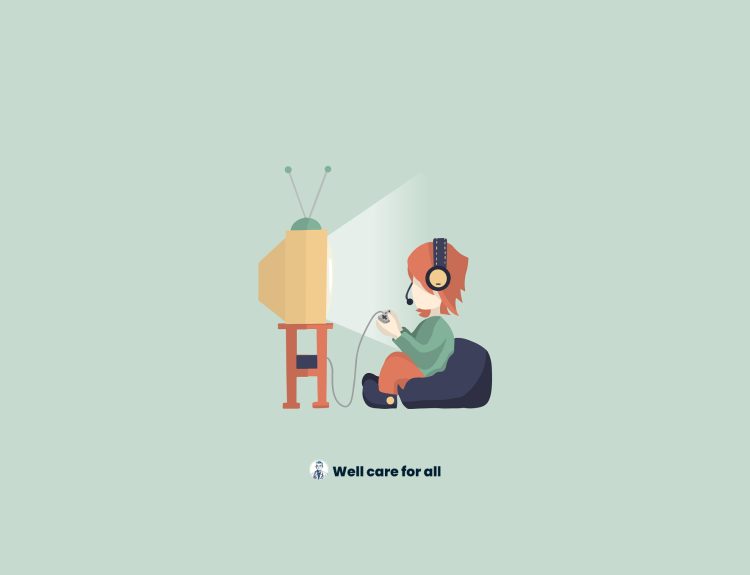
Night shift workers are the backbone of modern society. From healthcare professionals and factory staff to security personnel and emergency responders, millions of adults work while the world sleeps. However, there is a cost—disrupted sleep. Getting quality sleep for night shift workers is a real challenge. Your body’s natural sleep-wake cycle, also known as the circadian rhythm, is designed for nighttime rest and wakefulness. But night shift schedules flip this rhythm, making restful sleep harder to achieve. This article explores real-world, science-backed strategies to help you take control of your sleep, regardless of your shift.
The Real Cost of Poor Sleep for Night Shift Workers
Working nights often lead to Shift Work Sleep Disorder (SWSD)—a condition that causes insomnia, excessive drowsiness, low energy, and even mood swings. Beyond short-term fatigue, lack of quality sleep can increase the risk of:
- Heart disease
- Obesity
- Depression and anxiety
- Type 2 diabetes
- Workplace accidents
Getting enough hours isn’t enough. You need deep, uninterrupted, restorative sleep—the kind that heals, restores, and energizes.
Resetting the Clock: How to Align Sleep with Night Shift Work
Your body doesn’t just obey your schedule—it follows sunlight. One key strategy for improving sleep quality in night shift workers is manipulating light exposure.
Light exposure tips:
- Before bed: Wear blue-light-blocking glasses on your way home and dim indoor lights to signal “nighttime” to your brain.
- After waking, expose yourself to bright light (either sunlight or a light therapy box) to help your body feel awake and reset its rhythm.
Controlling light cues helps trick your brain into adapting—even when your shift schedule doesn’t align with your internal clock.
Build a Sleep-Proof Environment
Your sleep setting can make or break your rest. To achieve quality sleep for night shift workers, your environment needs to simulate nighttime—even in broad daylight.
Sleep environment checklist:
- Blackout curtains: Block out all-natural light completely.
- White noise machines or earplugs: Drown out street noise, neighbors, or daytime activity.
- Cool temperature: Keep your bedroom at 60–67°F (15.5–19.5°C), which is ideal for deep sleep.
- Digital detox: Remove or cover blinking electronics and keep your phone out of reach.
Treat your bedroom like a sleep sanctuary—quiet, dark, and calm.
Stick to a Consistent Sleep Schedule
Sleep loves routine. Even if your work hours are odd, sticking to the same sleep and wake times each day—even on days off—can significantly improve sleep quality.
Scheduling tips:
- Set a fixed bedtime and wake-up time after each shift.
- Use a sleep tracker or wearable device to build consistency.
- If possible, avoid rotating shifts—they disrupt your natural rhythms more than permanent night shifts do.
Stability helps your body know when to expect rest—even when your job demands flexibility.
Power Naps: The Performance Booster
Short naps can be a game-changer for shift workers. They boost alertness and reduce sleep debt without sabotaging nighttime rest.
How to nap effectively:
- Take a 20– to 30–minute nap before your shift to improve your focus.
- During long shifts, a quick nap on your break can enhance performance.
- Avoid napping too close to your primary sleep period to prevent interference with your sleep.
When done right, naps are a tool—not a crutch.
What You Eat Affects How You Sleep
Nutrition and sleep are more connected than most people think. Heavy meals, stimulants, and erratic eating habits can compromise your ability to fall and stay asleep.
Eat smarter for better sleep:
- Avoid caffeine 4–6 hours before your sleep time.
- Skip spicy, greasy, or heavy meals before bed.
- Opt for sleep-supportive foods like almonds, bananas, warm milk, and whole grains.
- Stay hydrated, but limit fluids an hour before bed to prevent nighttime bathroom trips.
Your body and brain need fuel—but the right kind at the right time.
Exercise Helps—If Done Right
Consistent physical activity enhances sleep quality by lowering stress levels and improving mood. But timing matters, especially for night shift workers.
Ideal exercise schedule:
- Work out after waking to energize for your upcoming shift.
- Avoid intense workouts within two hours of going to bed.
- Try incorporating calming routines (e.g., yoga, stretching) after your shift to help wind down.
Find a rhythm that works for you, but never underestimate the power of movement.
Supplements and Sleep Aids: Proceed with Caution
Some workers turn to supplements like melatonin to help reset their sleep-wake cycle. Others may rely on over-the-counter sleep aids.
Guidelines:
- Melatonin: Start with 0.3–1 mg 30 minutes before sleep. Use occasionally—not daily.
- Avoid prescription sleeping pills unless advised by a doctor—they can lead to dependency.
- Explore natural options like magnesium, valerian root, or chamomile tea for gentle support.
Always consult a doctor before using any sleep supplements.
Social and Family Life: Balancing Sleep and Connection
Balancing relationships and night shifts is tough. Social pressures and family obligations often collide with your much-needed sleep.
Tips for better balance:
- Communicate your rest schedule with loved ones.
- Plan social activities during your “off nights” or wake windows.
- To maintain your rest, use tools like Do Not Disturb on your phone.
It’s okay to say no sometimes. Protecting your sleep means protecting your health—and your ability to show up for others.
FAQs About Quality Sleep fir Night Shoft Workers
Q: How much sleep do night shift workers need?
A: Most adults need 7–9 hours. Night shift workers may require additional compensation to compensate for the fragmented or lower-quality sleep they experience.
Q: Can I break my sleep into chunks (biphasic sleep)?
A: Yes, splitting sleep into two sessions (e.g., 5 hours post-shift and 2 hours later in the day) can still provide benefits—aim for 7 hours or more in total.
Q: Is melatonin safe for night shift workers?
A: In small, controlled doses, melatonin can help shift your sleep cycle. Avoid daily use unless supervised by a doctor.
Q: Do all night shift workers develop sleep disorders?
A: No, but many experience symptoms of Shift Work Sleep Disorder (SWSD). Consistent sleep hygiene can significantly reduce the risk of sleep disturbances.
Q: What’s the best way to wind down after a shift?
A: Dim lights, avoid screens, eat a light snack if needed, take a warm shower, and relax with quiet music or a book. Create a soothing routine.
Conclusion
You work hard when the rest of the world sleeps—but that doesn’t mean you should sacrifice your well-being. Quality sleep for night shift workers is both a right and a responsibility. By controlling your environment, managing light and food intake, staying consistent, and communicating your needs, you can turn your off-hours into powerful recovery time.
Prioritize sleep like your job depends on it—because your performance, safety, and long-term health do.



